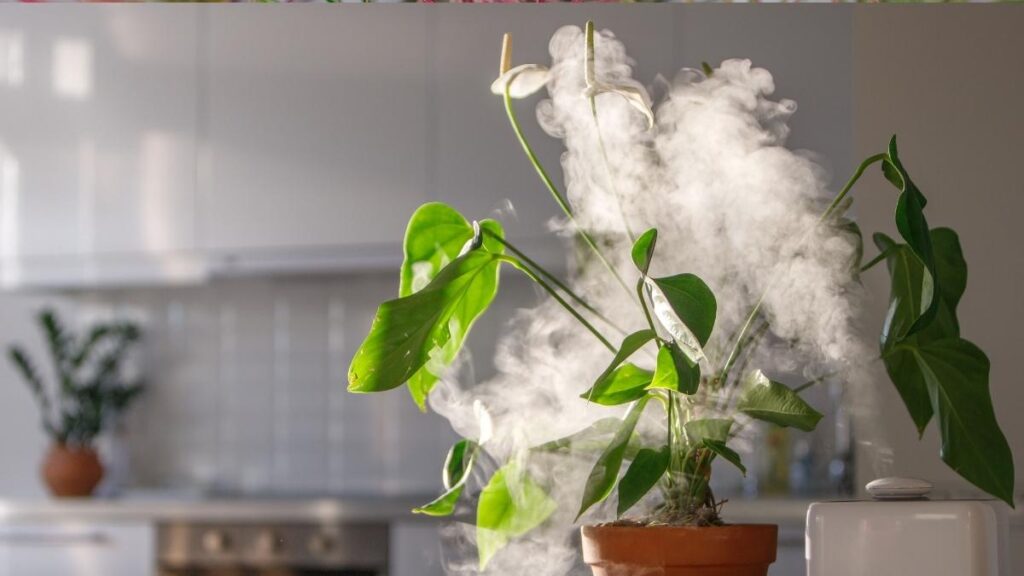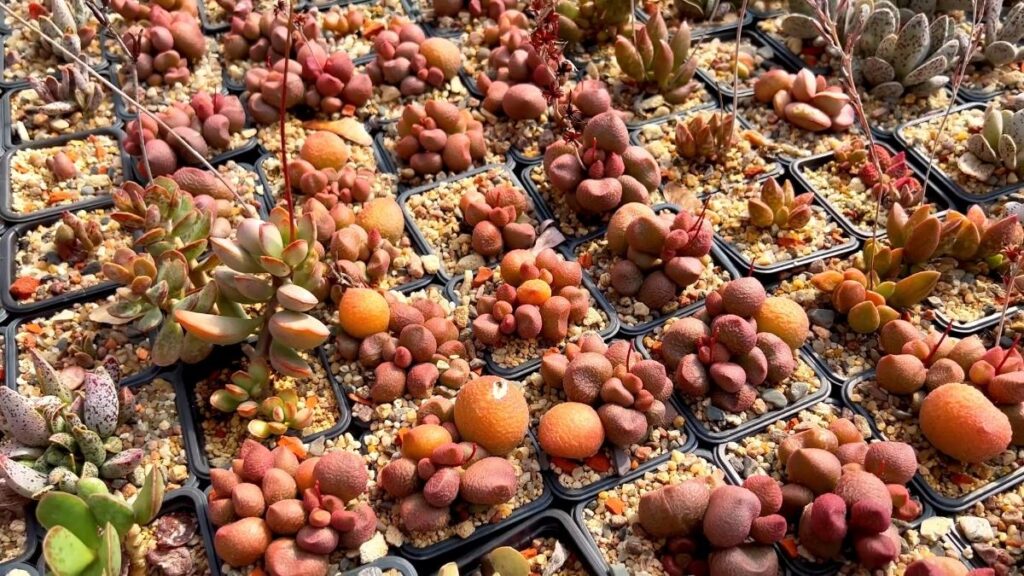1. Introduction
In the fascinating world of botany, air plants, known scientifically as Tillandsia, hold a unique place. These intriguing plants, which grow without soil, have sparked the interest of plant enthusiasts and casual observers alike. But within this captivating group exists a subset that truly stands out – the rare and exotic air plants. These unique varieties, with their distinct shapes, vibrant colors, and unusual growth patterns, are the focus of our exploration today. In this blog post, we’ll delve into the world of these extraordinary plants, uncovering their allure and providing practical advice for their care and cultivation.

2. Understanding Air Plants
What are Air Plants?
Air plants, or Tillandsia, belong to the Bromeliaceae family, which includes more than 650 types of air plants. Unlike most other plants, air plants don’t require soil to grow. Instead, they absorb nutrients and water through their specialized leaves. Air plants use their root systems primarily for anchoring themselves to trees, rocks, or other structures.
The Unique Biology of Air Plants
The biology of air plants is truly fascinating. They are epiphytes, meaning they grow on other plants or objects for physical support and do not take nutrients from their hosts. This unique adaptation allows them to thrive in a variety of environments, from the forest floor to the branches of towering trees. Their leaves, covered in specialized cells called trichomes, absorb water and nutrients from the air, rain, or occasional watering. These trichomes give many air plants a fuzzy or silvery appearance, adding to their exotic charm.
3. The Allure of Rare and Exotic Air Plants
What Makes an Air Plant Rare and Exotic?
The terms “rare” and “exotic” often refer to air plants that are not commonly found in typical plant nurseries or garden centers. These plants may be rare due to their unique colors, unusual shapes, or specific growth requirements. Some may originate from remote or hard-to-reach locations, adding to their mystique. Exotic air plants often captivate with their striking appearances, boasting vibrant colors, intricate patterns, or extraordinary bloom displays.
The Most Sought-After Varieties
Among the most sought-after varieties of rare and exotic air plants are the Tillandsia xerographica, known for its large, silvery rosette of leaves, and the Tillandsia cyanea, or pink quill plant, which boasts a bright pink flower spike. The Tillandsia ionantha, often changing color as it prepares to bloom, is another favorite among enthusiasts. Each of these plants brings a unique aesthetic, making them prized additions to any air plant collection.

4. Caring for Your Rare and Exotic Air Plants
Ideal Conditions for Growth
Caring for rare and exotic air plants involves understanding their natural habitats and trying to replicate those conditions as closely as possible. Most air plants prefer bright, indirect light and require good air circulation. Humidity is also crucial, as these plants absorb moisture from the air. Regular misting or soaking (depending on the variety) can help maintain the right moisture levels.
Common Mistakes to Avoid
One common mistake in air plant care is overwatering, which can lead to root rot and other issues. It's also important not to place these plants in direct sunlight, as intense light can cause leaf burn. Finally, while air plants do need good air circulation, they should not be placed in areas with constant, strong drafts. Understanding these common mistakes can help you provide the best care for your rare and exotic air plants.
5. Propagating and Cultivating Rare Air Plants
Breeding Rare Air Plants
Breeding rare and exotic air plants can be a rewarding experience. Most air plants produce offsets, or “pups”, that grow at the base of the mother plant. Once these pups are about one-third the size of the parent plant, they can be gently separated and grown individually. Some air plants also produce seeds, but growing air plants from seed is a more complex process and requires a lot of patience.
Tips for Successful Cultivation
Successful cultivation of rare and exotic air plants requires attention to their specific needs. While general care guidelines apply, it’s important to research each plant’s particular requirements. Factors like light, water, temperature, and air circulation can vary between species. Additionally, providing a suitable mounting surface, such as a piece of driftwood or cork bark, can help mimic their natural growing conditions and contribute to their overall health and growth.
6. Where to Find and Buy Rare and Exotic Air Plants
Trusted Online Retailers
There are many trusted online retailers specializing in air plants. These platforms offer a wide variety of species, including rare and exotic ones. Some reputable online stores include Air Plant Hub, Rainforest Flora, and Tillandsia International. Always check customer reviews and the store’s shipping and return policies before making a purchase.
Physical Stores and Nurseries
Physical stores and nurseries can also be good sources for air plants. Local garden centers, botanical gardens, or specialty plant stores often carry a selection of air plants. Shopping in person allows you to inspect the plant’s health and quality before purchasing. However, the availability of rare and exotic varieties may be limited compared to online stores.
7. Conclusion: The Joy of Growing Rare and Exotic Air Plants
Growing rare and exotic air plants can be an exciting journey. These unique plants not only add an aesthetic appeal to your space but also bring the joy of nurturing life. Their fascinating biology and diverse forms make them a captivating subject of study and a source of endless delight. Whether you're a seasoned plant enthusiast or a beginner, the world of rare and exotic air plants offers a rewarding and enriching experience. So why wait? Start your air plant adventure today and discover the wonders of these remarkable plants.

References
While this blog post provides a comprehensive guide to rare and exotic air plants, there's always more to learn. For further reading, consider these resources:
- "Air Plants: The Curious World of Tillandsias" by Zenaida Sengo
- "The Complete Book of Houseplants & Indoor Gardening" by Ed. Frances Tophill
- "Epiphytes: Life in the Treetops" by Mary E. Gerritsen
Please note that while we strive to provide accurate and up-to-date information, it's always best to consult with a local nursery or botanical garden for specific advice on caring for your plants.